Situated in the heart of County Limerick, the picturesque village of Adare stands as a living testament to Ireland’s rich history and enduring charm. From its humble origins as a riverside settlement to its current status as “Ireland’s Prettiest Village,” Adare’s story is one of remarkable transformation and preservation. This article explores the village’s journey through time, from its medieval roots and monastic heritage to its 19th-century reinvention under the Earls of Dunraven, and its emergence as a modern tourist destination and future host of the 2027 Ryder Cup. Through each era, Adare has maintained its unique character, blending ancient traditions with contemporary developments to create a truly special place that continues to captivate visitors and residents alike.
Contents
Origins and Etymology of Adare
The name Adare comes from the Irish “Áth Dara,” meaning “ford of the oak.” This etymology reflects the village’s origins as a settlement near a crossing point over the River Maigue, surrounded by oak forests.
Adare’s history dates back to the early medieval period, with its strategic location on the river making it an important site for early settlements. The area that now comprises the parish of Adare is made up of several older parishes, including Adare itself, Drehidtrasna, Clonshire, and parts of the former parishes of Kilgobbin and Castle Robert.
The earliest recorded mention of Adare dates to 1226, when Desmond Castle was first noted. However, the area was likely inhabited long before this, given its favorable location and natural resources.
The village began to take shape in the 13th century, largely due to the influence of the Fitzgerald family, Earls of Kildare. They were instrumental in establishing Adare’s three monasteries, which would play a significant role in the village’s development and religious life for centuries to come.
Adare’s growth continued through the medieval period, evolving from a small riverside settlement into a more substantial town. However, it was in the 19th century, under the patronage of the Earls of Dunraven, that Adare would be largely transformed into the picturesque village we recognize today, known for its thatched cottages and well-preserved historical buildings.
The village’s name and early history thus encapsulate its geographical setting, its importance as a crossing point, and the natural landscape that shaped its development. From these origins, Adare would grow to become one of Ireland’s most historically rich and visually appealing villages.
The Monastic Heritage
Adare’s rich monastic heritage is one of its defining historical features, with three significant abbeys established by the Fitzgerald family, Earls of Kildare.
Trinitarian Abbey
The Trinitarian Abbey, founded around 1230, was the first of Adare’s monasteries. It is particularly notable as the only house of the Trinitarian Order in Ireland. The Order, also known as the Order of the Most Holy Trinity for the Redemption of Captives, was dedicated to freeing Christian prisoners captured during the Crusades. The abbey’s ruins were restored in 1811 by the first Earl of Dunraven and now serve as the Catholic parish church of Adare.
Augustinian Friary
Founded in 1315 by John FitzThomas FitzGerald, 1st Earl of Kildare, and his wife Joan, the Augustinian Friary became known as the “Black Abbey” due to the black habits worn by its monks. The friary was suppressed during the reign of Henry VIII but found new life in 1807 when it was given to the local Church of Ireland congregation as their parish church. Extensive restorations were carried out in the 19th century by the Dunraven family, and the church continues to serve the Protestant community of Adare as St. Nicholas Church.
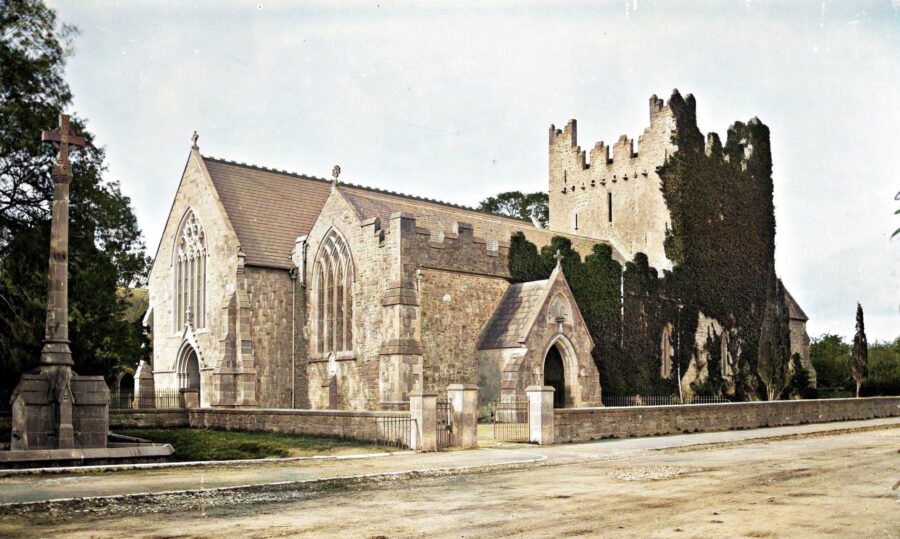
Franciscan Friary
The Franciscan Friary, founded in 1464 by Thomas Fitz-Maurice, 7th Earl of Kildare, is now a picturesque ruin within the grounds of Adare Manor Golf Club. It took two years to complete and was dedicated to St. Michael the Archangel. The friary suffered a violent end during the turbulent 17th century when it was burned by parliamentary troops in 1646. Local lore suggests that four friars perished in the flames, while three who escaped were later captured.
These monastic foundations not only shaped the spiritual life of medieval Adare but also left an indelible mark on its landscape. Their ruins and restored structures continue to be central to Adare’s character and appeal, offering visitors tangible links to the village’s rich past.
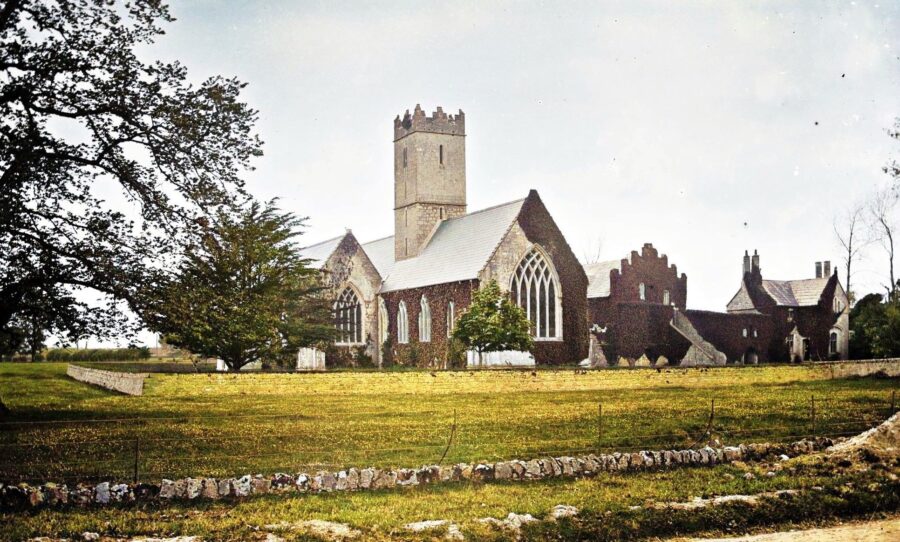
The Geraldines and Medieval Adare
The Fitzgerald family, also known as the Geraldines, played a crucial role in shaping medieval Adare. This powerful Anglo-Norman dynasty, who became Earls of Kildare, were instrumental in the town’s development from the 13th to the 16th centuries.
The Geraldines’ influence in Adare began in the early 13th century when they acquired lands in the area. They quickly recognized the strategic importance of Adare, situated on the River Maigue, and set about fortifying and developing the settlement.
One of their most significant contributions was the establishment of Adare’s three monasteries. The Trinitarian Abbey (c. 1230), the Augustinian Friary (1315), and the Franciscan Friary (1464) were all founded by members of the Fitzgerald family. These religious houses not only shaped the spiritual life of Adare but also contributed to its economic and cultural development.
The Geraldines were also responsible for the construction and expansion of Desmond Castle, which became a stronghold of the family. The castle, first mentioned in 1226, was rebuilt and fortified by the Fitzgeralds in 1326, highlighting their commitment to maintaining a strong presence in the area.
Under Geraldine patronage, Adare grew into a prosperous market town. The family’s influence is evident in the town’s early urban planning and the development of its commercial activities. They were instrumental in securing a grant of murage (tax for wall-building) and customs for Adare in 1310, indicating the town’s growing importance.
The Geraldines’ hold on Adare wasn’t always secure. The castle and lands were periodically forfeited to the Crown due to rebellions and political intrigues, most notably during the rebellion of ‘Silken Thomas’ Fitzgerald in the 1530s.
Desmond Castle
Desmond Castle, a prominent landmark in Adare, stands as a testament to the village’s strategic importance and turbulent history. Located on the north bank of the River Maigue, the castle has been a focal point of Adare since the 13th century.
The castle’s origins can be traced back to the early 13th century, with the first recorded mention in 1226. It is believed that the original structure was built by the O’Donovans, who ruled the region until the late 12th century. However, the castle soon passed into the hands of the Fitzgerald family, Earls of Kildare, who significantly expanded and fortified it.
The name “Desmond Castle” is somewhat misleading, as it was primarily associated with the Earls of Kildare for nearly 300 years. It acquired its current name after being forfeited to the Earls of Desmond in the 16th century following the rebellion of “Silken Thomas” Fitzgerald in 1536.
The castle’s architecture reflects its military purpose. It features a large square tower, strong battlemented ramparts with semicircular bastions, and a gate to the south that once had a drawbridge. These defensive elements highlight the castle’s importance in controlling the strategic river crossing.
Throughout its history, Desmond Castle witnessed numerous sieges and changes of ownership. It played a significant role during the turbulent 16th and 17th centuries, changing hands multiple times during various conflicts. In 1578, it was captured by English forces after an eleven-day siege, only to be retaken by Irish forces in 1581.
The castle fell into ruin in the 17th century, likely dismantled during the Cromwellian period. Despite its ruined state, Desmond Castle remains an imposing and picturesque structure, offering visitors a glimpse into Ireland’s medieval past.
Since 1996, Desmond Castle has been undergoing extensive renovation and conservation efforts. While this limits public access, the ongoing work aims to preserve this important historical site for future generations. Even with limited access, the castle’s impressive silhouette continues to dominate Adare’s skyline, serving as a powerful reminder of the village’s rich and complex history.
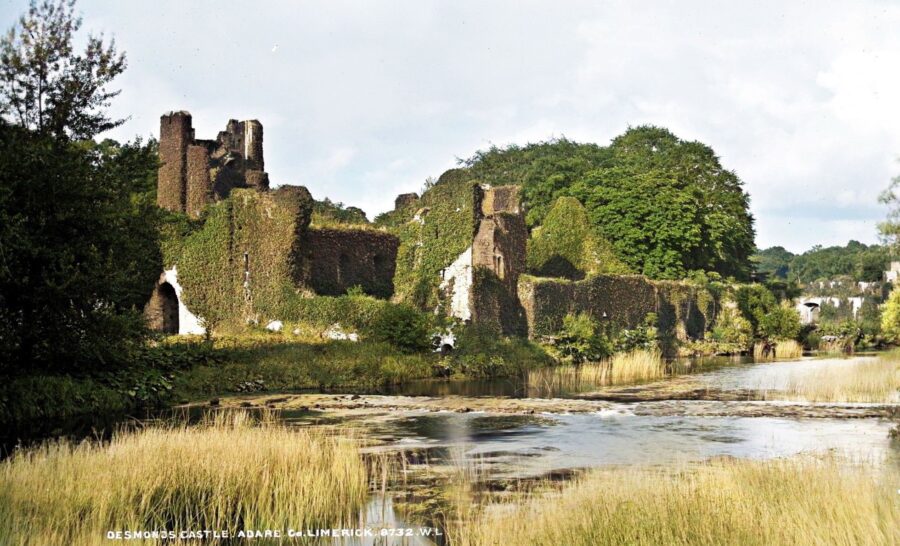
John Wesley’s Visit and Methodist Influence
John Wesley, the renowned founder of Methodism, made a significant impact on Adare during his visits to Ireland in the 18th century. His presence in the village left a lasting impression and contributed to the spread of Methodist teachings in the area.
In 1756, Wesley first visited Adare as part of his extensive travels throughout Ireland. According to local tradition, he preached to the people of Adare from under an ash tree near the east wall of the Franciscan friary. This event marked the beginning of Methodist influence in the village.
Wesley’s connection to Adare wasn’t limited to a single visit. Records indicate that he returned to the area multiple times between 1756 and 1778, reinforcing the Methodist presence in the community. These visits were part of Wesley’s broader mission to spread his religious message throughout Ireland and establish Methodist societies.
The ash tree under which Wesley preached became a symbol of Methodist heritage in Adare. It stood for over a century after Wesley’s visit, remaining until about 1860. Today, a stone marker commemorates the site where this historic tree once stood, serving as a tangible link to Wesley’s presence in the village.
The Methodist influence in Adare continued to grow following Wesley’s visits. In 1794, the first Methodist chapel in Adare was built, demonstrating the establishment of a permanent Methodist community in the village. This chapel was located on what is now part of the Adare Manor Golf Club course.
The legacy of Wesley’s visits is still honored in Adare today. Each June, local Methodists hold an annual Field Meeting at the site marked by the commemorative stone. This tradition keeps alive the memory of Wesley’s preaching and the early days of Methodism in the village.
The Earls of Dunraven and 19th Century Development
The Earls of Dunraven played a pivotal role in shaping modern Adare during the 19th century, transforming it from a medieval town into the picturesque village known today.
Building of Adare Manor
The centerpiece of the Dunravens’ influence on Adare is undoubtedly Adare Manor. The construction of this magnificent Tudor-Gothic style mansion began in 1832 under the direction of the 2nd Earl of Dunraven, Windham Henry Quin, and his wife, Lady Caroline Wyndham.
The building of Adare Manor was a monumental undertaking that spanned three decades. It was designed as a “calendar house,” featuring 365 windows, 52 chimneys, 7 pillars, and 4 towers to represent the days, weeks, and seasons of the year. The project provided employment for many local people during the difficult times of the Great Famine.
The manor’s architecture, blending Gothic and Tudor Revival styles, reflected the Dunravens’ romantic vision and their desire to create a grand family seat. The result was a stunning edifice that became the centerpiece of the Adare estate and remains one of Ireland’s most impressive stately homes.
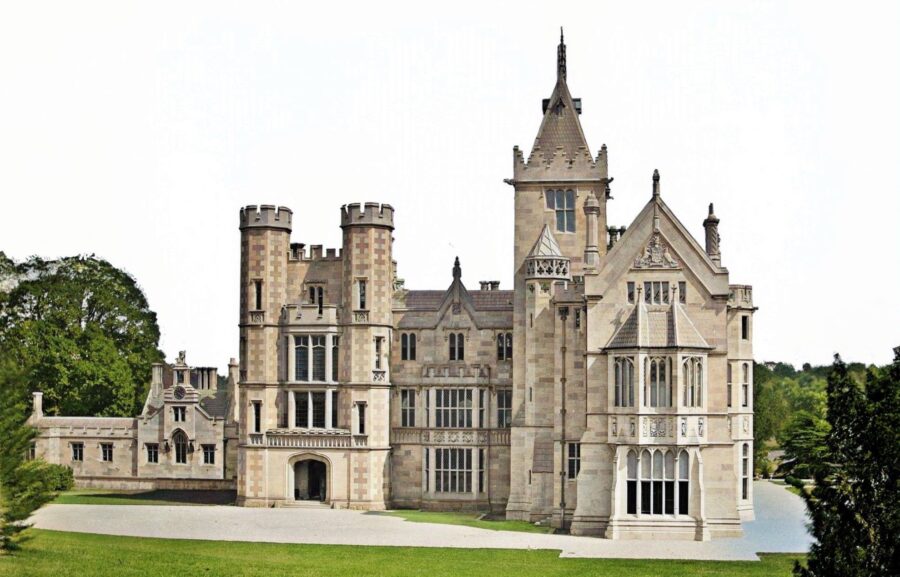
Creation of the Modern Village
Parallel to the construction of Adare Manor, the Earls of Dunraven set about redesigning and developing the village itself. The 2nd Earl and his successors implemented a comprehensive plan to transform Adare into a model estate village.
Key elements of this development included:
- Thatched Cottages: The Dunravens built a series of picturesque thatched cottages, which have become iconic symbols of Adare. These were designed to house estate workers and local craftsmen.
- Main Street Layout: The current layout of Adare’s main street was largely designed under the Dunravens’ direction, creating a cohesive and aesthetically pleasing village center.
- Public Buildings: The Dunravens funded the construction of several important public buildings, including schools, a hospital, and the village hall.
- Church Restorations: They were instrumental in restoring and repurposing the medieval abbeys. The Augustinian friary was restored as the Church of Ireland parish church, while the Trinitarian abbey became the Catholic parish church.
- Landscaping: The Dunravens invested heavily in landscaping both the manor grounds and the village, creating the lush, green environment that characterizes Adare today.
Through these efforts, the Earls of Dunraven transformed Adare into a quintessential Irish estate village, blending historical elements with 19th-century planning and architecture. Their vision and investment laid the foundation for Adare’s reputation as “Ireland’s prettiest village” and created much of the charm that draws visitors to the village today.
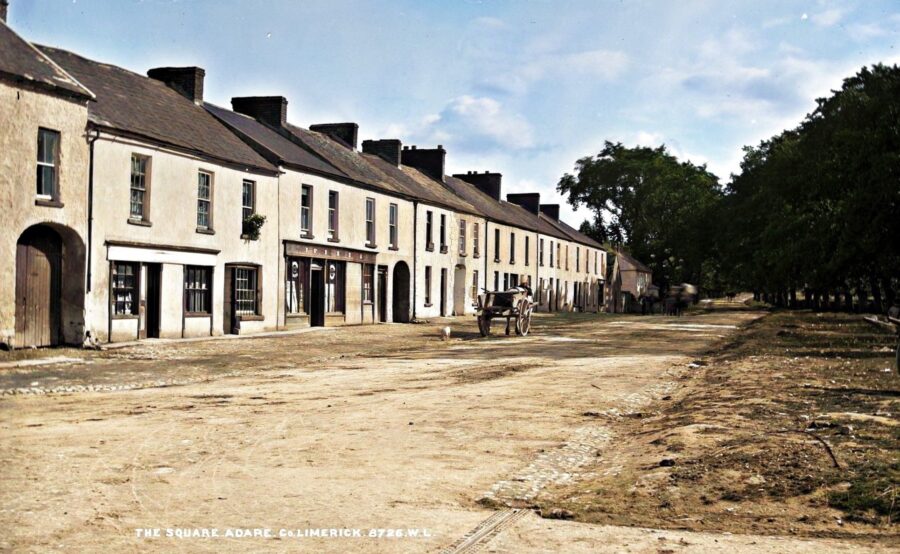
Adare Courthouse
The Adare Courthouse, an impressive stone building located at the roundabout in the center of the village, is a significant architectural landmark that reflects Adare’s importance in the 19th century. Built in 1863, the courthouse stands as a testament to the village’s administrative role and the continued influence of the Dunraven family.
The courthouse was designed by William Fogerty, a prominent Limerick-born architect known for his work in both Ireland and the United States. Its construction was financed by the 3rd Earl of Dunraven, demonstrating the family’s ongoing commitment to developing Adare’s infrastructure.
Architecturally, the courthouse is a fine example of 19th-century civic building design. It is a detached, six-bay, two-story structure built in the Gothic style. The building’s façade is symmetrical, giving the appearance of a pair of houses, each with three bays and a central door. This design element lends the building a domestic quality, despite its official purpose.
The courthouse is constructed of cut limestone, which adds a sense of solidity and permanence to the structure. Its unadorned limestone exterior contributes to an austere appearance, befitting its role as a place of law and order. Notable features include an external staircase, which provided public access to the first-floor courtroom, and fine stonework that showcases the skill of 19th-century Irish craftsmen.
For many years, the courthouse served its original purpose, playing a central role in local administration and justice. However, as with many such buildings across Ireland, its function as a courthouse eventually ceased.
In recent years, the building has found new life. In 2017, it was purchased by publican Charlie Chawke. Since then, it has undergone restoration and repurposing. The ground floor has been incorporated into a neighboring bar and restaurant, while the first floor now houses a courtroom museum. This adaptive reuse ensures that this important piece of Adare’s architectural and social history continues to serve the community and visitors alike.
Early 20th Century Developments
The early 20th century saw further significant developments in Adare, particularly under the patronage of the 4th Earl of Dunraven. These developments were characterized by a blend of traditional aesthetics and modern functionality, largely realized through the work of architect William Clifford Smith.
Village Hall and Cottages:
In 1907, the 4th Earl of Dunraven commissioned William Clifford Smith to design a village hall and a group of cottages. This project was situated at the point where the main road forked, near the fair green, which formed the nucleus of the village.
The village hall was designed to serve as a community center, reflecting the Earl’s interest in fostering local social and cultural life. It included facilities such as a reading room, clubroom, and billiards room. The design of the hall cleverly disguised its large size by using dormer windows and placing it behind a more domestic-scaled clubhouse.
Alongside the hall, Clifford Smith designed a series of cottages. These were set at right angles to the main building, creating a harmonious architectural ensemble that respected the village’s existing character while introducing new, purpose-built structures.
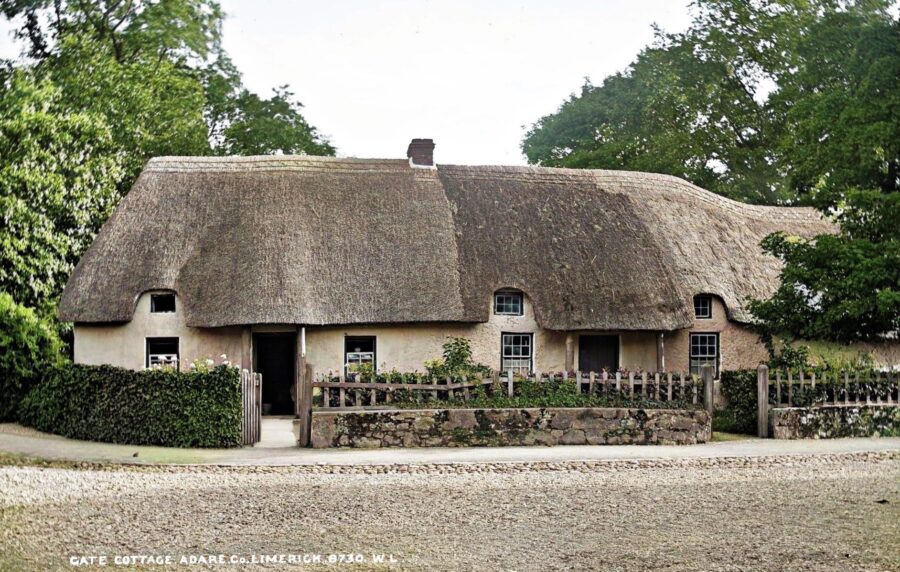
William Clifford Smith’s Architectural Contributions:
William Clifford Smith, a young English architect, brought a fresh perspective to Adare’s architecture while respecting its historical context. His designs for the village hall and cottages beautifully blended elements of the English Arts and Crafts style with traditional Irish vernacular architecture.
Key features of Clifford Smith’s work in Adare include:
- Arts and Crafts Influence: The use of gables, bays, half-timbering, and prominent chimneys reflected the popular Arts and Crafts style of the period.
- Sensitivity to Local Context: Clifford Smith’s designs incorporated elements that echoed Adare’s existing architecture, from picturesque thatched cottages to slate-roofed Victorian revival buildings.
- Balancing Tradition and Modernity: While drawing on historical styles, Clifford Smith’s buildings were designed to meet contemporary needs and standards.
- Civic Design: The orientation of the village hall to face down the main street created a new focal point for the village, subtly shifting its center of gravity.
These early 20th-century developments represented a thoughtful evolution of Adare’s built environment. They respected the village’s rich architectural heritage while providing modern amenities and a renewed sense of community focus.
Adare in Modern Times
In recent decades, Adare has transformed from a quiet rural village into one of Ireland’s premier tourist destinations, earning the title of “Ireland’s Prettiest Village” and securing its place on the global stage with its selection as the host of the 2027 Ryder Cup.
Tourism and “Ireland’s Prettiest Village”:
Adare’s charm, with its thatched cottages, medieval churches, and picturesque streetscapes, has made it a magnet for tourists from around the world. The village’s designation as a Heritage Town by the Irish government has further cemented its status as a must-visit destination.
Key features attracting tourists include:
- The beautifully preserved thatched cottages along the main street
- The ruins and restored buildings of the three medieval monasteries
- Adare Manor, now operating as a luxury hotel and golf resort
- A range of high-quality restaurants, boutiques, and craft shops
- The Adare Heritage Centre, offering insights into the village’s rich history
The village has developed a robust tourism infrastructure, with a variety of accommodation options ranging from luxury hotels to charming bed and breakfasts. Adare has also become a popular wedding destination, capitalizing on its romantic setting and excellent facilities.
Golf and the 2027 Ryder Cup:
Golf has become a significant part of Adare’s modern identity, with the village boasting two 18-hole golf courses: the Adare Golf Club and the Golf Course at Adare Manor.
The Golf Course at Adare Manor, completely redesigned by acclaimed golf architect Tom Fazio and reopened in 2018, has quickly gained recognition as one of the finest golf courses in Europe. Its quality and the world-class facilities at Adare Manor led to the announcement in 2019 that Adare would host the 2027 Ryder Cup.
The selection of Adare as the Ryder Cup venue is expected to have significant impacts:
- It will bring unprecedented global attention to the village
- Substantial investment in local infrastructure is anticipated
- The event is expected to generate significant economic benefits for the region
- It will further solidify Adare’s reputation as a golfing destination
In embracing tourism and golf, Adare has found a way to preserve its historical charm while creating a vibrant, modern economy. The village continues to balance its rich heritage with contemporary developments, ensuring that it remains not just a beautiful relic of the past, but a living, evolving community. As it prepares to welcome the world for the Ryder Cup in 2027, Adare stands as a shining example of how a small Irish village can make its mark on the global stage while maintaining its unique character and appeal.


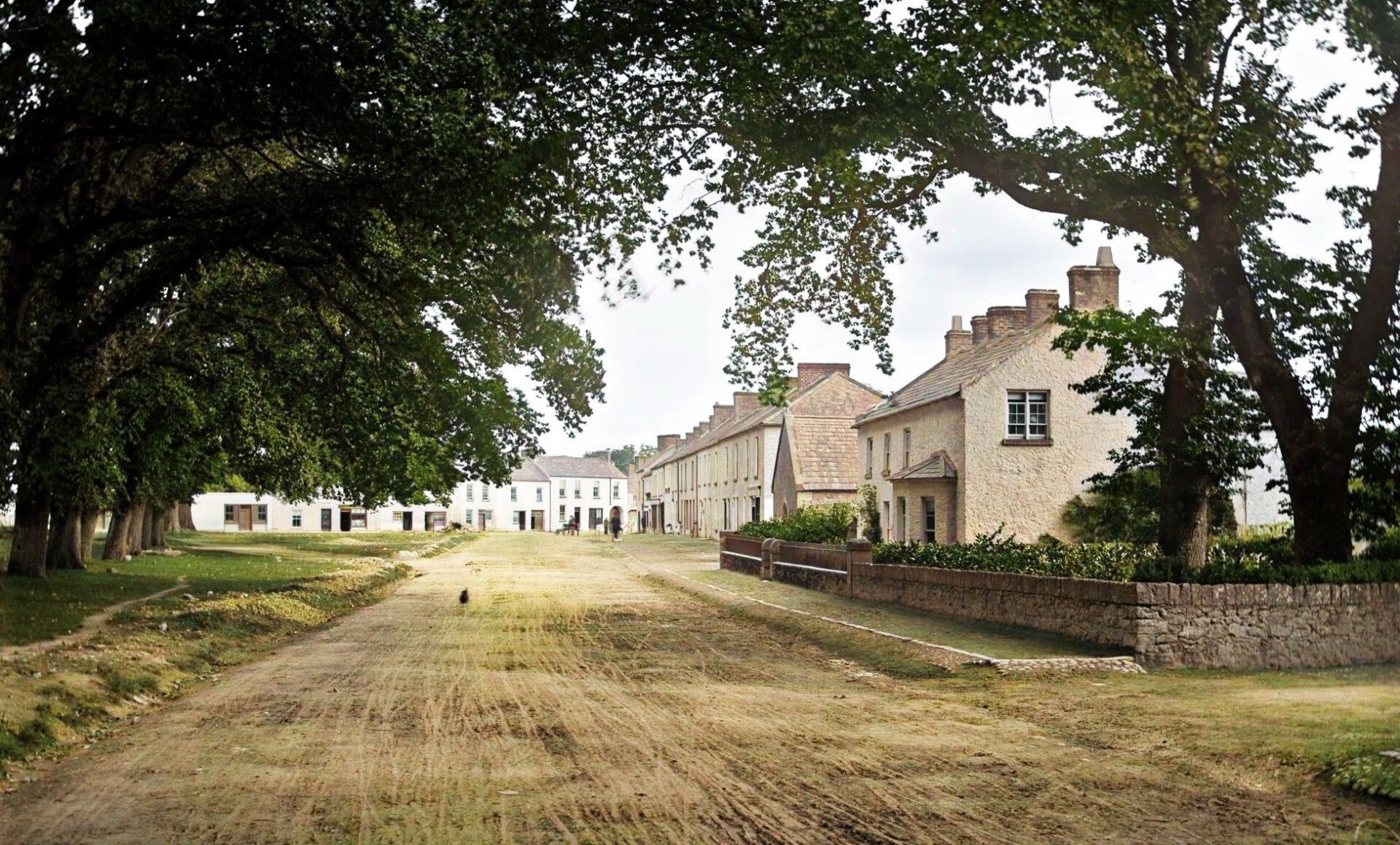
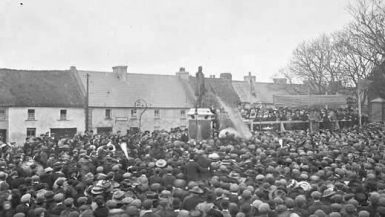
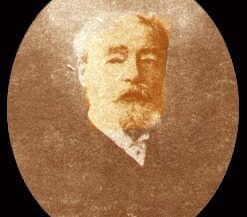
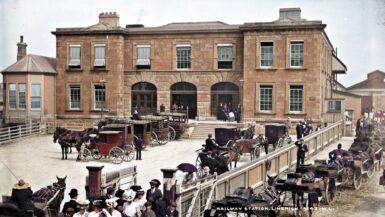
Leave a reply